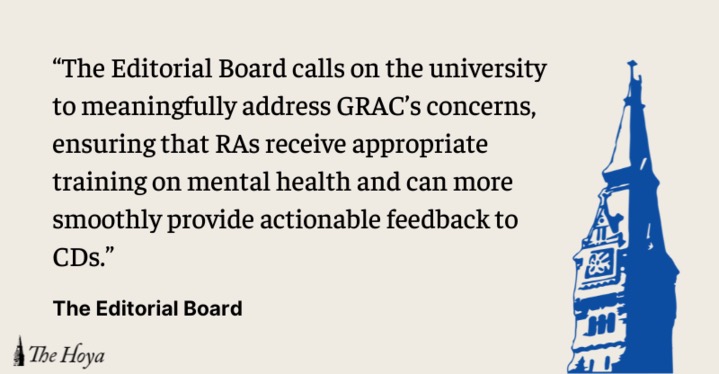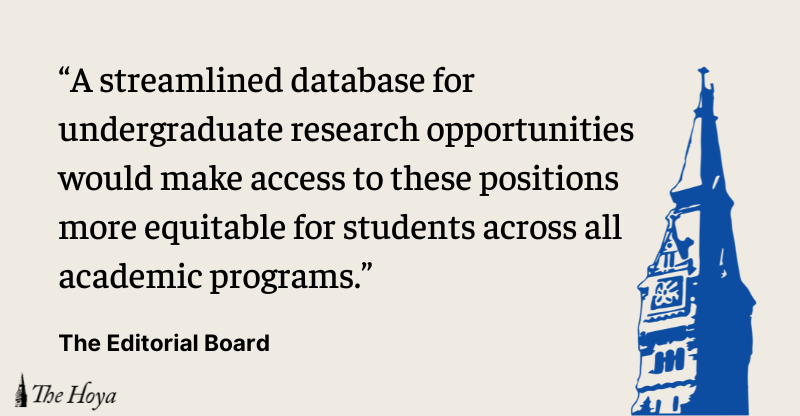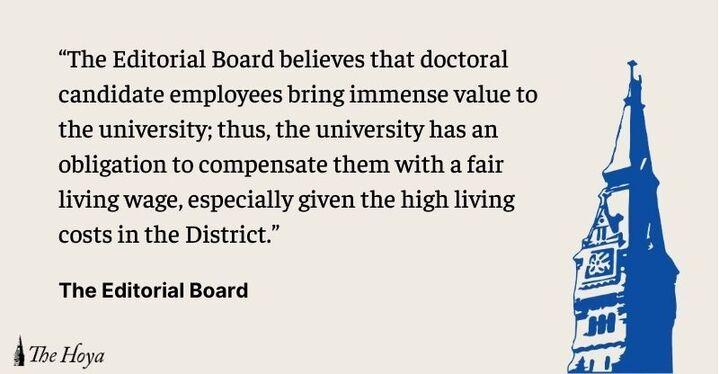The September release of enrollment statistics for Georgetown’s graduate programs has left many wondering how to address a lack of diversity in admissions practices. Admissions to these programs have drastically underrepresented black and Latino students, reflecting a grim reality for academic diversity. In response, the university should refocus efforts on making its admitted class more representative by recognizing the profound impact that such diversity has on the entire academic community.
Explaining the source of these disparities is all too easy. At even a basic structural level, accessibility plagues graduate education programs nationwide. The tremendous investment of time and money required to pursue advanced degrees is not only overly burdensome to underprivileged minorities but also compounds debt problems that begin at the undergraduate level, which creates its own problems of access. Each step on the staircase toward elite degrees and academic positions becomes less accessible to a larger and larger percentage of minority applicants. The disturbing results of the Official Enrollment Statistics report reflect the long-term accumulation of institutional inequality in the education process.
It would be too easy, however, to dismiss this problem as an inescapable byproduct of Georgetown’s relatively small endowment. Universities, especially those with the prestige and power of Georgetown, must make a decision to prioritize the inclusion of traditionally marginalized groups. The American academic system, as well as the university’s educational product, is undermined by a failure to include blacks and Latinos. A minimal number of minority students can attain elite positions in the academic world as education becomes progressively harder to access, risking a lack of diversity among faculties in years to come.
The dangers of homogeneity in advanced degree programs are manifest once the impact that graduate students have in teaching classes and contributing to academic research is fully recognized. Minority voices are underrepresented in every phase of the education process, making it harder to effectively foster diverse perspectives.
Georgetown must re-orient its practices to make admissions demographics transparent and seek to focus its aid and admission policies toward the goal of attaining program diversity. Such reform would go a long way toward improving the quality of the university’s education as a whole.







